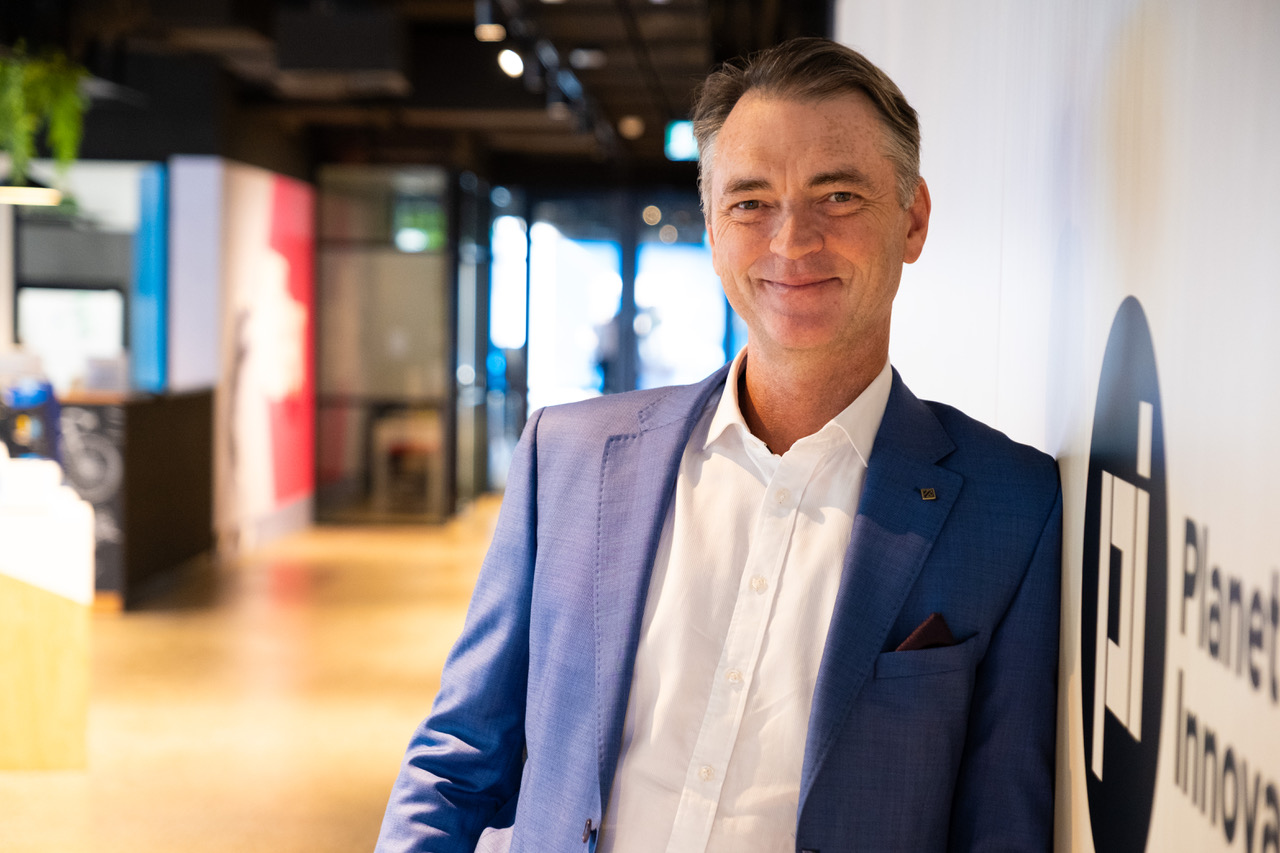
Sam Lanyon wears many hats – General Manager, Innovation Services & co-founder of Planet Innovation, Executive Chair of Lumos Diagnostics and Non-executive Chair, Paragon Funds Management. With one year of being a Victorian Premier’s Design Awards (VPDA) judge in the Product Design category already under his belt, he’s excited about the plethora of talent and innovative projects awaiting him at this year’s awards.
A mechanical engineer by training, his innate design sensibility was inspired by his father – an ‘ideas man’ who would buy, modify and improve machinery on their farm in northern Victoria. It was in Sam’s first job, as a healthtech design engineer working in robotics and instrumentation diagnostics, that he first began to understand that design was more than a creative spark – it had to be insightful, solve a problem, fill a gap and meet customers’ expectations to be truly innovative and successful.
Attributes of successful design
Sam has a practical view of design and his experience of judging the VPDA last year was a pivotal moment for him. In particular his exposure to the service design judges really resonated with him. During his formative years he had learned about design by iteration, but the service design judges transformed his way of thinking to a more service design perspective – deeply rooted in great insight, planning, thinking and testing – before designing.
To Sam, truly great design must have 2 key attributes. A design solution must be firmly rooted in insight. It must solve a problem, add value and have a positive impact on a user, a society or the world. But in a more abstract way, design needs to also create an emotive response, where even a lay person can connect with it and appreciate the solution conceived.
When Sam and his colleagues established Planet Innovation (PI) in 2009, their vision and purpose were very clear. With Australia still building its scale and maturity in the healthtech design sector, they saw a distinctive gap in new entrepreneurs’ capability to take their initial idea, raise funds, deliver on the vision, take it to market and execute. Sam and his team had extensive whole-of-lifecycle experience in a complex market so they created a company that could fill that gap, giving its local and international clients access to its shared capabilities.
Uncertainly isn’t necessarily a bad thing
The company experienced it greatest growth during the pandemic years, becoming a destination of choice for companies trying to survive or thrive.
‘In a period of global upheavals that saw the entire healthcare sector challenged and stretched, businesses looked to us to fill the gap in their design and manufacturing journey,’ said Sam.
‘We already have the infrastructure, so partnering with us was, and still is, an easy solution to a challenging situation. In many ways, fear works in our favour, and we became the certain thing in uncertain times,’ he added.
Now employing 400+ people, PI has attracted innovative startups and some of the world’s biggest healthcare businesses that are tapping into its expertise. Broadening its reach into personalised medicine and frontier applications in healthcare, PI builds business relationships rather than just working on projects and is deeply involved in the manufacturing process in Australia and the United States.
Giving back is the ultimate reward
For Sam, the most rewarding part of what PI does is being able to inspire the next generation of designers hoping to work in healthtech product design. At a recent open house session as part of Design Week 2025, his team had the opportunity to share advice with budding designers, university students and young professionals. PI also offers internship programs and mentoring – delivering advisory services, especially around commercialisation.
Judging the Product Design category is no easy task. It’s the Award’s largest category – with 100+ applications.
‘The VPDA is a very auspicious award. Being exposed to so many products and settings is a special learning opportunity and I’m looking forward to being educated. I’d almost pay to be part of it,’ Sam remarked.
‘Any time that you are recognised by your peers or opinion leaders for the high quality of your work is a cause for celebration,’ he said.
‘VPDA award winners can also give back to the ecosystem and the industry – to share their natural curiosity, a cultural trait that Australian designers have – with others. Based on the applications and projects I got to experience last year, I know that we produce absolutely world-class design here in Victoria and fundamentally I’m proud of what we achieve.’
Type on the line above then press the Enter/Return key to submit a new search query